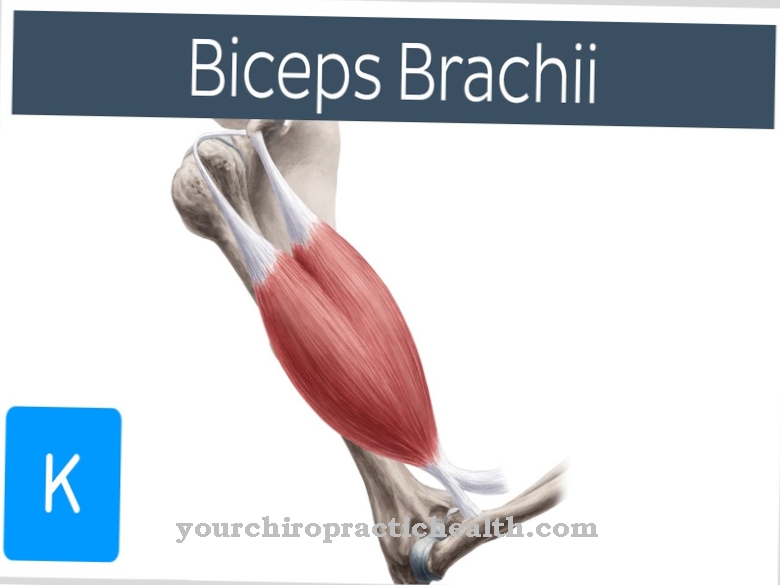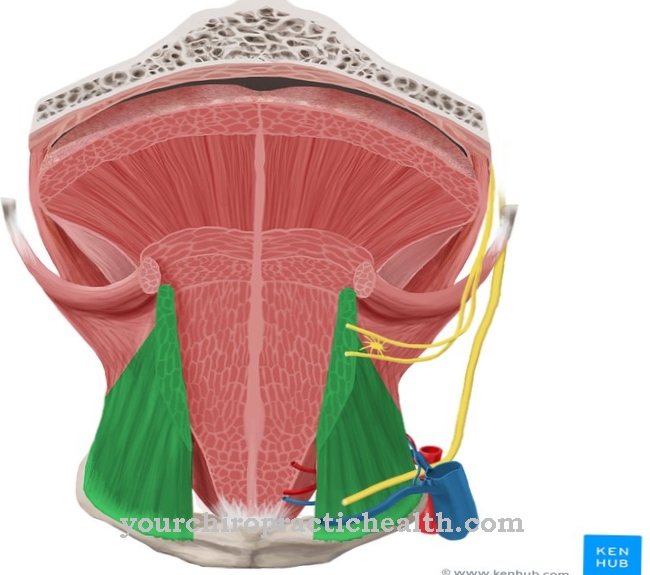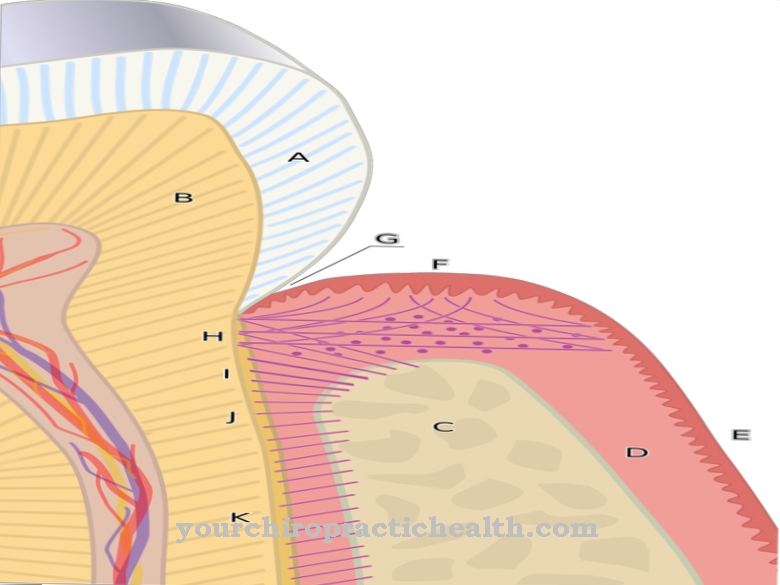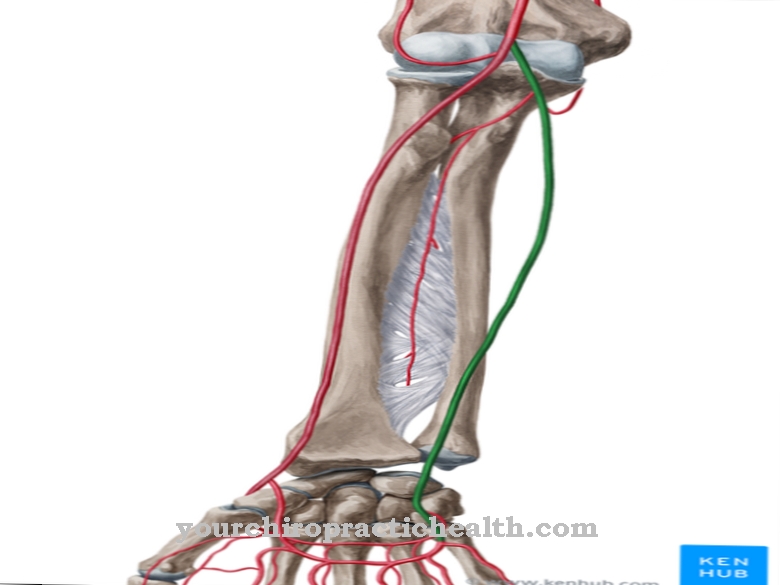The human Thigh consists as an anatomical unit of the thigh bone and the surrounding muscles, tendons, nerves and blood vessels. The thighbone, femur, forms the bony basis of the thigh.
What are the thighs
The thigh is part of the lower extremity and forms this as a proximal section together with the lower leg. The thigh is in direct contact with the lower leg via the knee joint. The thigh connects the pelvis and thus the trunk via the hip joint.
The thigh bone, the femur, is the point of attachment and origin of a whole range of muscles. The lower leg muscles or hip muscles start directly at the bone of the thigh. However, the thigh muscles make up the actual fleshy mass of the thigh.
The muscles of the thigh are divided into the 3 main groups of extensors, flexors and adductors. In the medical literature, the thigh adductors are often included in the hip muscles. There are conduction pathways for blood vessels such as arteries and veins, as well as nerves, throughout the thigh. The conduction path of the largest nerve in the human body, the sciatic nerve, also runs through the thigh.
Anatomy & structure
The topography and structure of the thigh result from the respective anatomical limitations. The thigh is limited to the front by the groin and to the back by the so-called gluteal groove. The femur ends distally about 5 centimeters above the kneecap, the patella.
The shape of the entire thigh is defined almost exclusively by its muscles. The front of the thigh is anatomically referred to as the anterior femoral region. There is also the so-called thigh triangle, Trigonum femoris. The posterior femoral region is the posterior aspect of the thigh.
Although the femur is only the anatomical name for the thigh bone, it is used in everyday medical parlance to refer to the entire thigh, including muscles and vascular channels. Another Latin name for the thigh that is not commonly used is stylopodium.
Function & tasks
The femur is the largest bone in the human skeleton. From an anatomical point of view, the femur, just like the tibia and fibula of the lower leg, is a tubular bone. Long bones always consist of the compakta, a hard coat and the cancellous bone, a soft cavity filled with blood cells.
Together with the hip socket of the pelvis, the femoral head forms the large hip joint. Anatomically, it is a so-called ball joint. The femoral head of the thigh is in turn connected to the femoral neck. The formation of the knee and hip joint is the actual task and function of the thigh. The expression of the knee joint takes place via the condyles of the thigh bone.
Standing upright or walking in steps would not be possible without the anatomical unit of bones, joints and ducts of the thigh. The femur is the only bone in the thigh. Due to its extremely stable load-bearing capacity, the thigh bone must transfer all of the body's strength from the pelvis to the lower extremity. In an anatomically correct position, the femoral neck of an adult is approximately 127 degrees to the femoral shaft.
Illnesses & ailments
The most important diseases, functional disorders or restrictions result from the anatomical structure and the daily heavy use of the thigh, especially when standing or walking. First and foremost, the thigh is therefore affected by wear-and-tear diseases, which can become more common with increasing age.
Congenital malpositions such as hip dysplasia also lead to signs of wear and tear at an early stage. The most common is osteoarthritis of the knee joint, followed by osteoarthritis of the hip joint, known as coxarthrosis.
Depending on their severity, both diseases can be associated with painful restrictions on movement or even complete inability to move. The arthritic changes in the bony parts and the articular cartilage lead to muscular imbalances with painful muscle hardening that is often chronic. When all conservative therapeutic approaches have been exhausted, artificial joint replacement is often the only option.
In older patients, the bone density continues to decrease, which is why a fracture between the femoral head and femoral neck can occur even with comparatively light loads. This so-called femoral neck fracture has to be treated surgically in the vast majority of cases. The healing process is often tedious and fraught with complications. The so-called supracondylar femoral fracture also typically occurs in older people.These are fractures above the joint rollers, and in these cases too, surgical treatment is almost always necessary.
Diseases of the thigh muscles are rare in everyday medical practice. Like all large muscle groups, painful myalgia, inflammation or benign and malignant tumors can also occur in the entire thigh muscles. A real femoral shaft fracture is also rare. Such a fracture of the femur is only possible with great effort. The most common cause of femoral shaft fractures are traffic accidents with short but strong mechanical impacts.













.jpg)

.jpg)
.jpg)











.jpg)